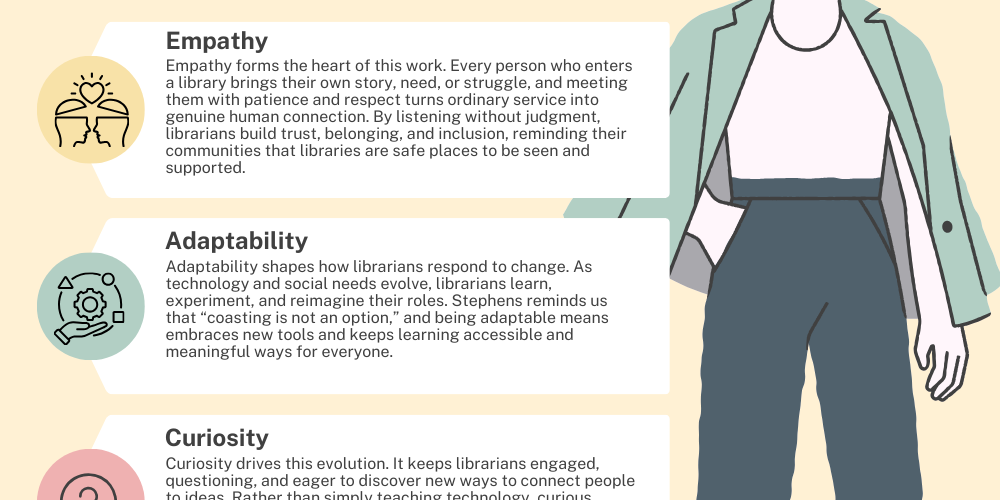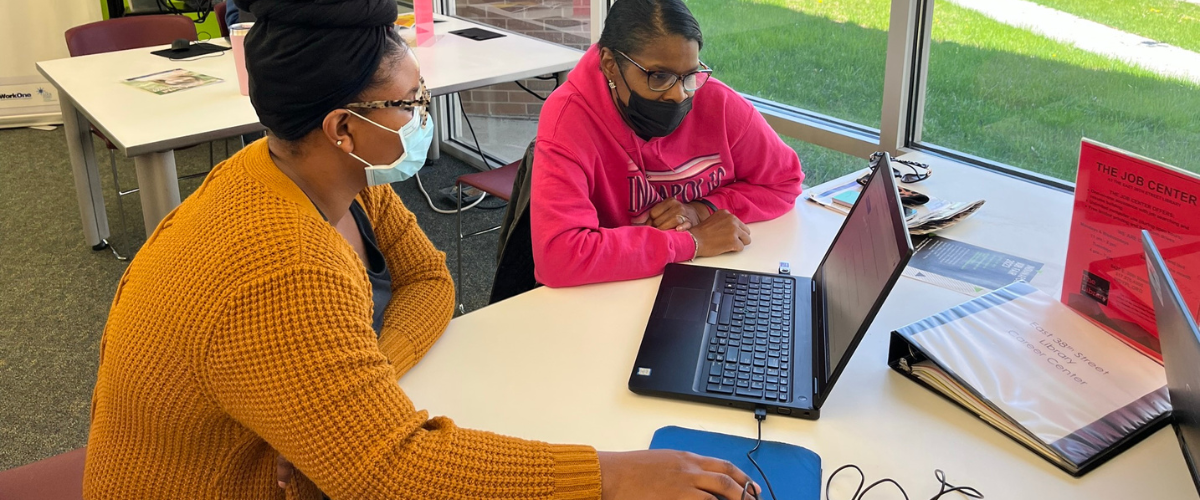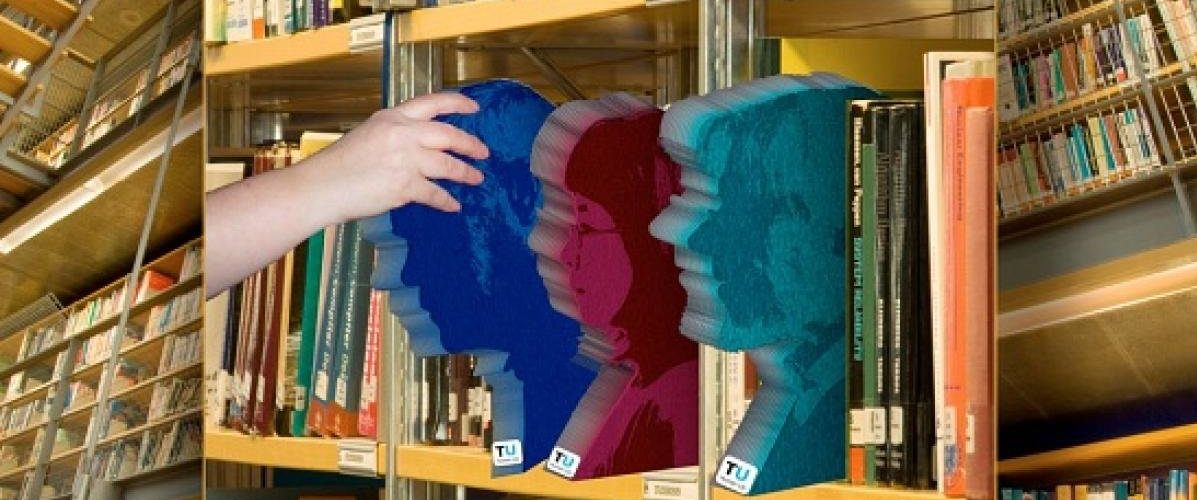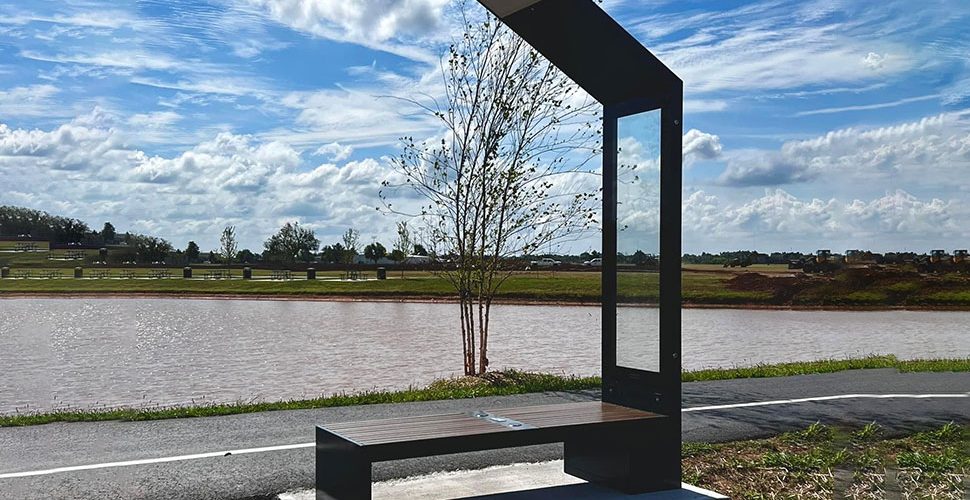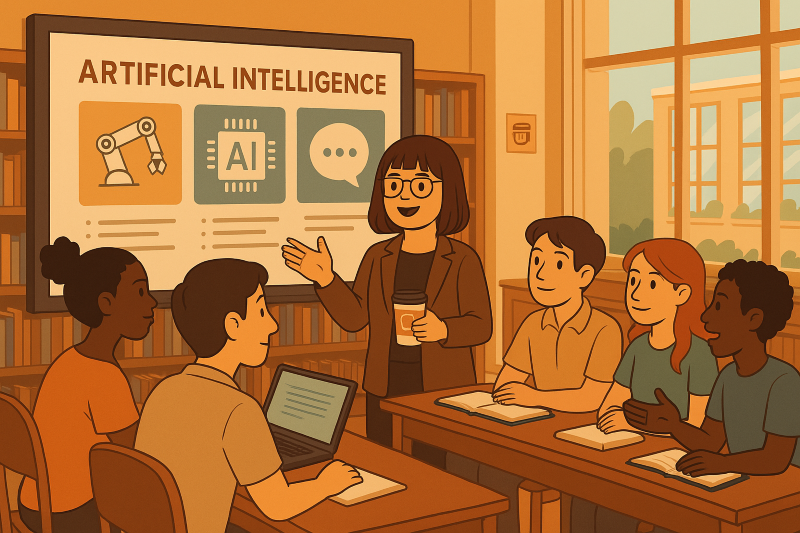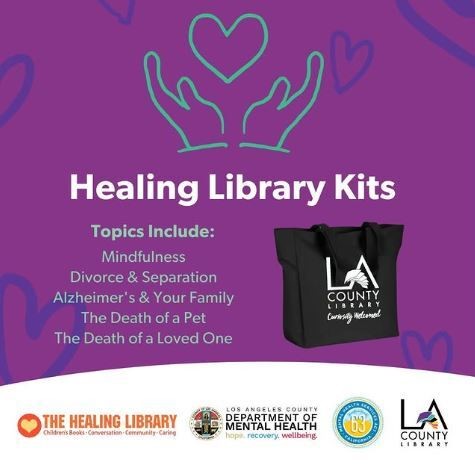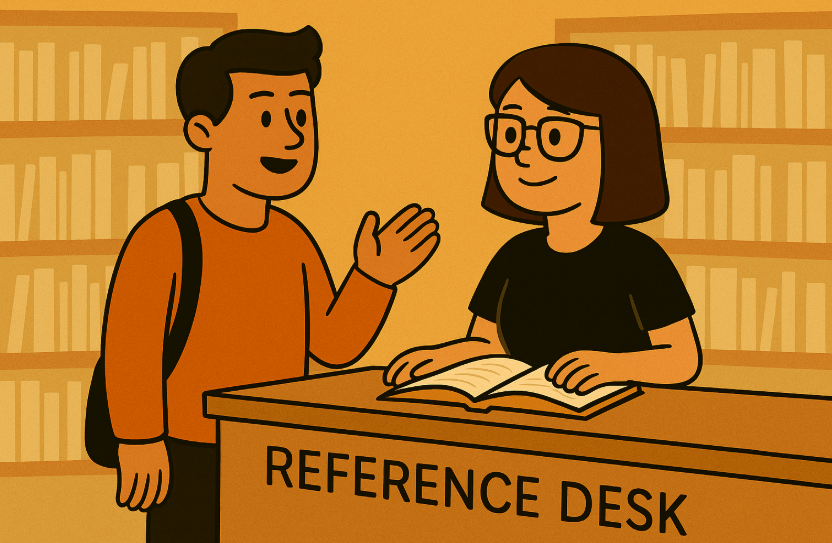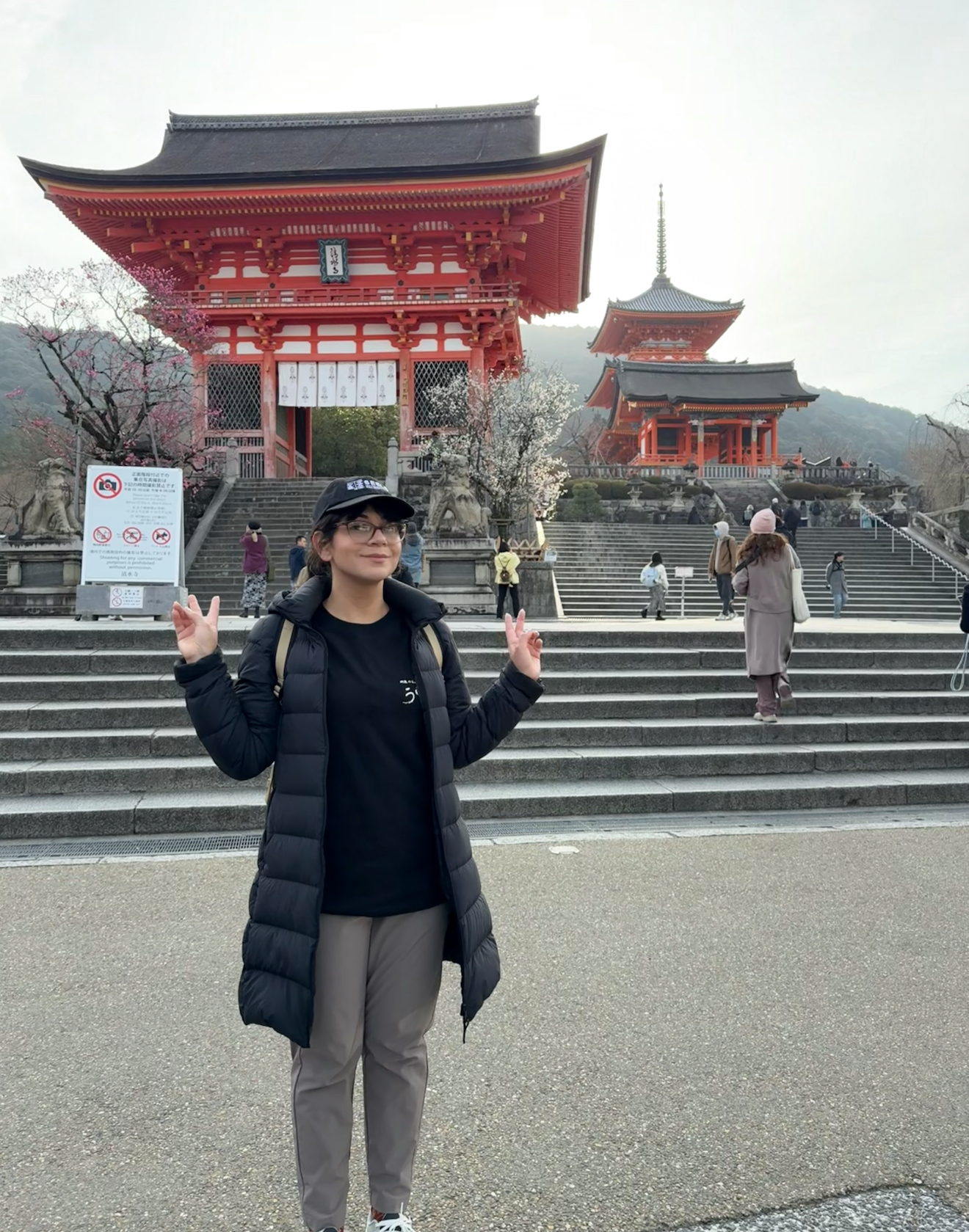My Virtual Symposium was inspired by the concept of wholehearted librarianship discussed by Michael Stephens, which centers on a human-focused approach to service. I wanted to create something that reflected that same spirit of empathy, connection, and purpose. In a world that often feels divided, I was especially moved by […]
Learning Everywhere The way people learn today is mostly shaped by their smart devices and social media, where people learn through quick scrolls on TikTok or Instagram or listen to podcasts, YouTube videos, and Zoom meetings that fit easily into their daily routines. This constant stream of content means learning […]
My Story 🇸🇻♓📚🧠🧪🎶🐈⬛🌌🖤🌊 Storytelling can help us understand one another in ways a book alone never can. In this module on the Power of Storytelling, Michael Stephens asks us “What is your story” and explains that this question can help us better understand the people we serve (Stephens, 2020). He […]
Emerging Technologies and Everyday Librarianship Since the pandemic, libraries have gone through major changes and reworkings. Remote work, online classes, and digital tools became essential for keeping people connected and learning from home during this time and continued to remain since. These are the types of societal shifts that have […]
My Innovation Strategy & Roadmap is based on creating a public library program that introduces AI literacy and digital learning opportunities to the community. The goal is to make learning about AI accessible and easier to use for patrons. References: Library Journal. (2004, November 1). Technoplans vs. technolust. Library Journal. […]
Hyperlinked Environments: Mobile Libraries, AI, & the Human Library After reviewing the module on hyperlinked environments, I have chosen to explore further into the emerging technology aspect of librarianship and how libraries can adapt to new technologies alongside their communities. For instance, mobile technologies and artificial intelligence have evolved drastically […]
How Libraries Can Create Space for Healing and Hope Libraries as Safe Havens Working in various libraries across Los Angeles, has shown me that healing isn’t about medicines or therapy but also simple as having a safe space, a place where you can sit down, charge your phone, browse books, […]
Redefining What It Means to Be a Librarian Libraries are changing, and honestly, I think it’s about time. For so long, people have seen them as just warehouses for books and quiet study spaces, but that image is changing fast. Today’s libraries are becoming places for connection, cultural exchange, and […]
My name is Patricia Beatriz Duarte, but I usually go by Bea. I’ve been working as a substitute Library Clerk for the Los Angeles Public Library for about seven years now, and I’ve loved the variety and learning that comes with moving between different branches. Every location has its own […]
